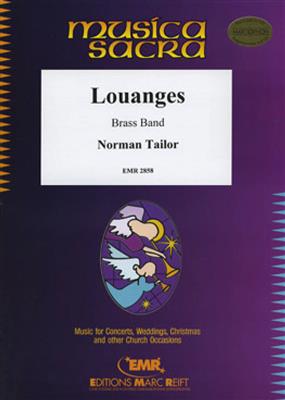We've found 123 matches for your search. Order by
Results
-
 £92.00
£92.00Dix (+Organ optional) - Conrad Kocher
Estimated dispatch 5-14 working days
-
 £92.00
£92.00In Terra Pax (+Organ optional) - Scott Richards
Estimated dispatch 5-14 working days
-
 £92.00
£92.00Resurrection (+ Organ optional) - Scott Richards
Estimated dispatch 5-14 working days
-
 £92.00
£92.00Hymn To Life (+ Organ optional) - Norman Tailor
Estimated dispatch 5-14 working days
-
 £92.00
£92.00Ellacombe (+ Organ optional) - Traditional
Estimated dispatch 5-14 working days
-
 £92.00
£92.00Pray For A Better World (+ Organ optional) - Norman Tailor
Estimated dispatch 5-14 working days
-
 £92.00
£92.00Three French Hymns (+ Organ optional) - Norman Tailor
Estimated dispatch 5-14 working days
-
 £116.10
£116.10Requiem aeternam (+ Organ optional) - Norman Tailor
Estimated dispatch 5-14 working days
-
 £184.00
£184.00Conquistador (Organ optional) - John Glenesk Mortimer
Estimated dispatch 5-14 working days
-
£37.95
Toccata from Organ Symphony No. 5 - Charles-Marie Widor
Estimated dispatch 5-14 working days
